Ethnocomputing Experiments
A project by Vanessa Rosa and Wenqi Li
Presented at Pioneer Works event Second Sundays, 8 April 2018
open for visitation from the 9th to 22nd April 2018
"Ethnocomputing Experiments" is a work about the mix of two extremely different representational systems, though both are highly mathematical in their approach to line.
A set of Angolan traditional patterns, known as Sona, from the Chokwe people, are recreated with Processing (a free graphical library and integrated development environment - IDE) . This recreation follows the heritage algorithm embedded in the original patterns, which used to be made as finger drawings on sand - a person would tell a story and draw simultaneously.
We chose one specific pattern to be projected over a painting inspired by an early XVII century treatise on Linear Perspective by the Dutch artist Vredeman de Vries. It's a pattern that tells a story of a wild chicken running away from a hunter. The line represents the path done by the chicken while it tries to fool the hunter and exhaust him, finally being able to return to its hidden home, located precisely where the run started.
The main inspiration for this project is the academic work develop by Dutch/Mozambique author Paulus Gerdes, who was a prominent figure in the field of Ethnomathematics. Other great influence is Ron Eglash's work on ethnocomputing and heritage algorithms.
Ethnomathematics
Ethno (culture/group of people) + Mathema (explaining reality) + Tics (techno)
In mathematics education, ethnomathematics is the study of the relationship between mathematics and culture. The term “ethnomathematics” was introduced by the Brazilian educator and mathematician Ubiratan D’Ambrosio during the 70’s.
Ethnocomputing
Ethnocomputing is the study of the interactions between computing and culture. It is carried out through theoretical analysis, empirical investigation, and design implementation. It includes research on the impact of computing on society, as well as the reverse: how cultural, historical, personal, and societal origins and surroundings cause and affect the innovation, development, diffusion, maintenance, and appropriation of computational artifacts or ideas. From the ethnocomputing perspective, no computational technology is culturally “neutral,” and no cultural practice is a computational void. Instead of considering culture to be a hindrance for software engineering, culture should be seen as a resource for innovation and design.
Linear Perspective
Illusion of depth on two-dimensional surface, based in a linear system of spatial alignment. Developed in XV century Italy, it is a key concept in western architecture and painting. Even the XIX century analogic camera was still based in the same principles of vision and representation that shaped linear perspective.
Ethnocomputing Experiments from Vanessa Rosa on Vimeo.
Installation during the day

Installation during the night

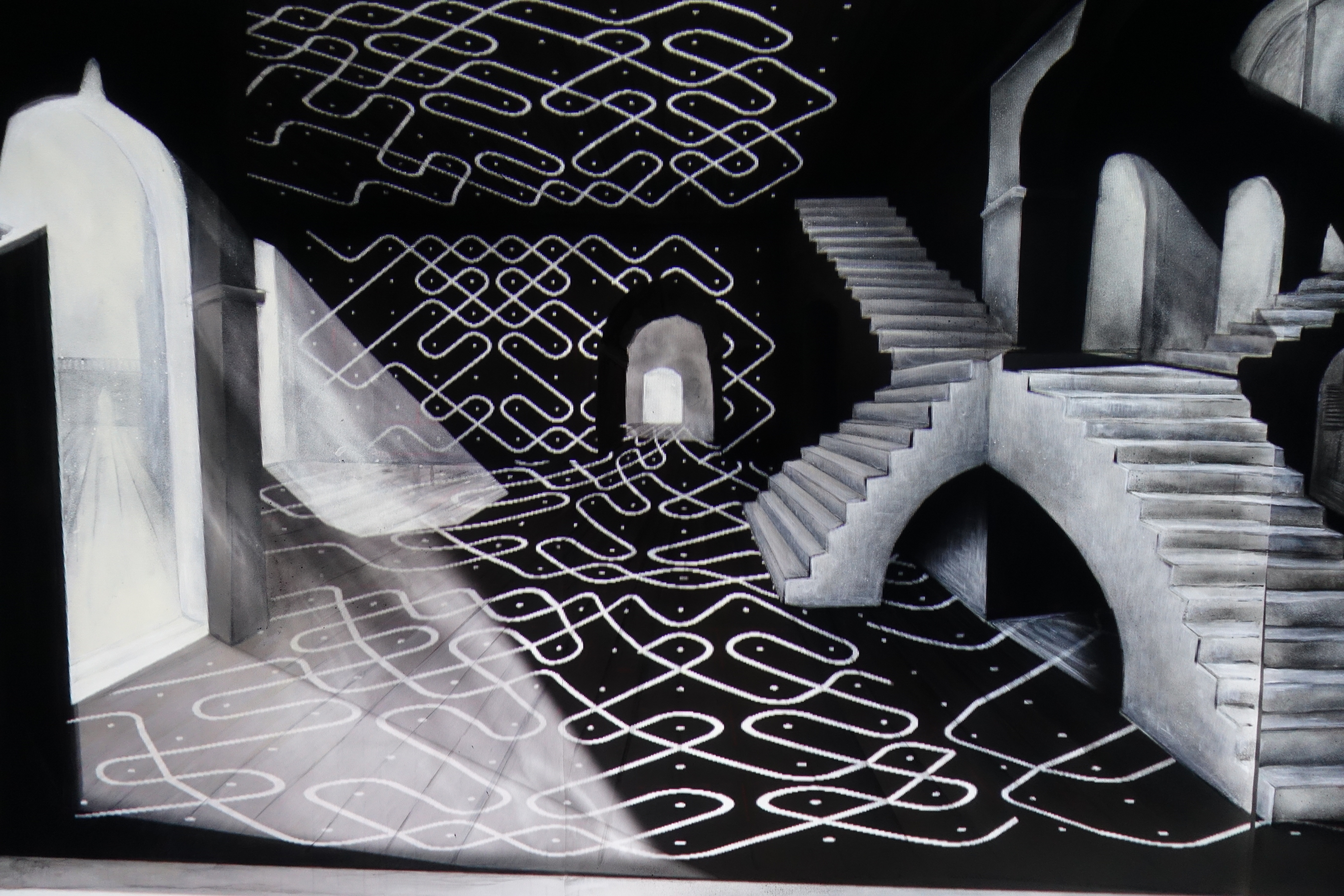


Hans Vredeman de Vries
(1527 - 1606)
Engravings from “The Book of Perspective”, 1604-05
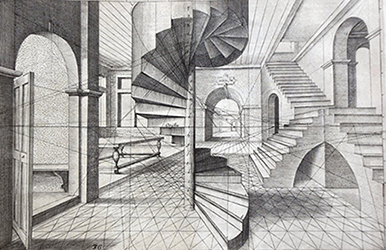
Choke (Angola) Pattern, known as Sona.
This one tells a story of a wild chicken running away from a hunter

Running chicken algorithm
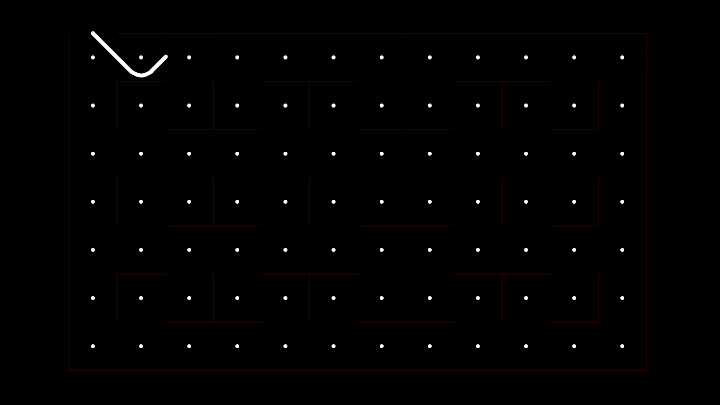
Making off
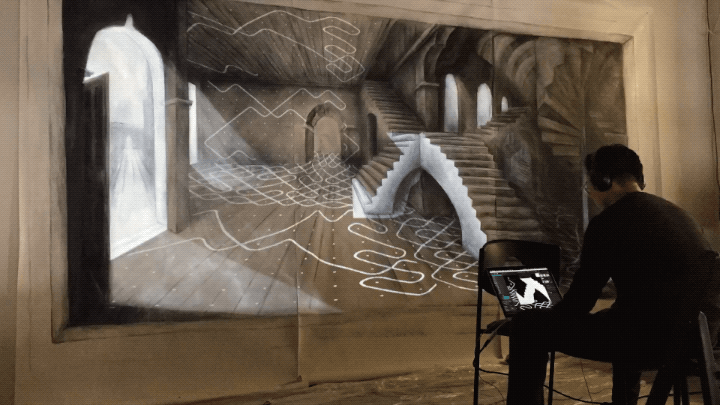
April 8, Pioneer Works, Second Sunday


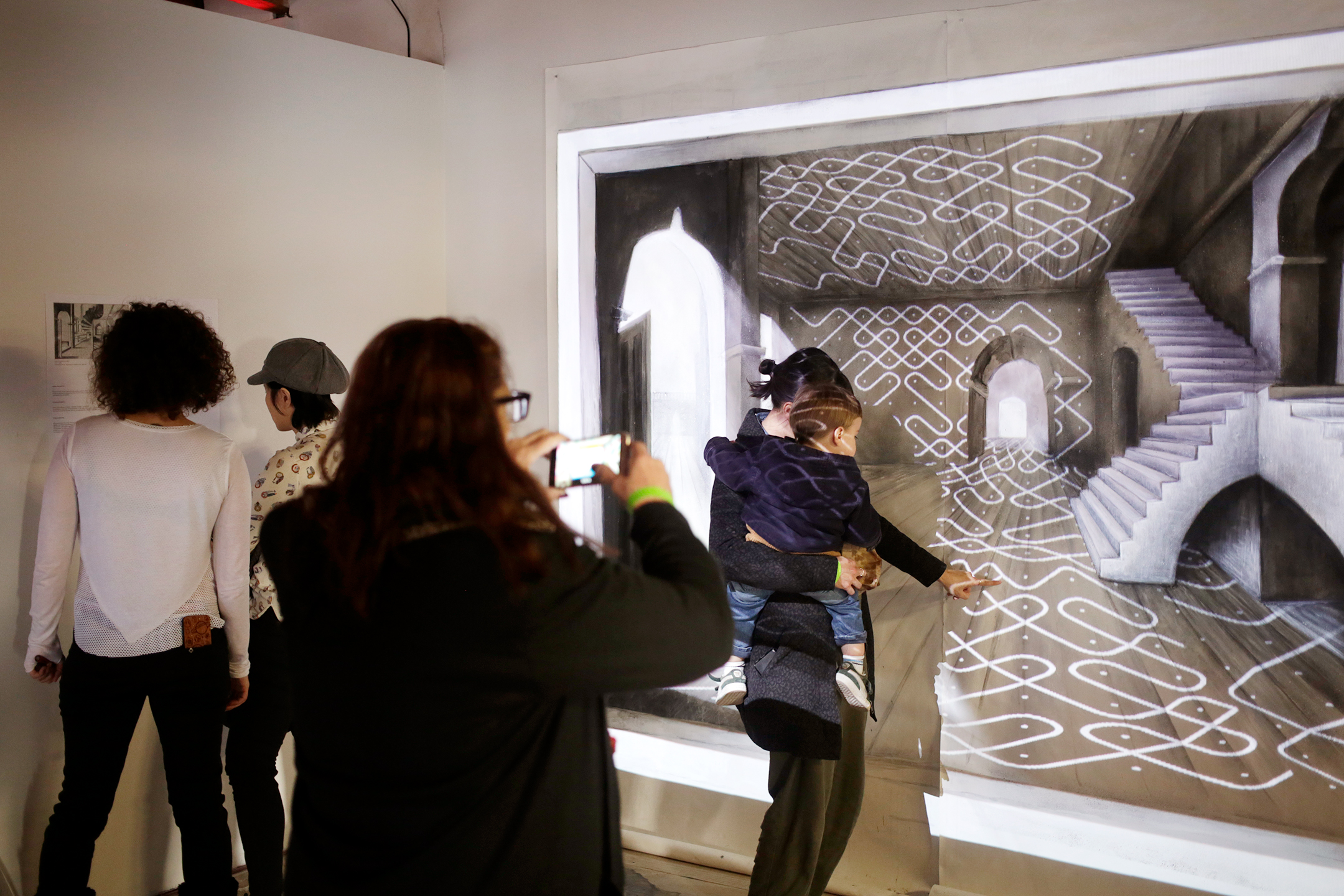

Details
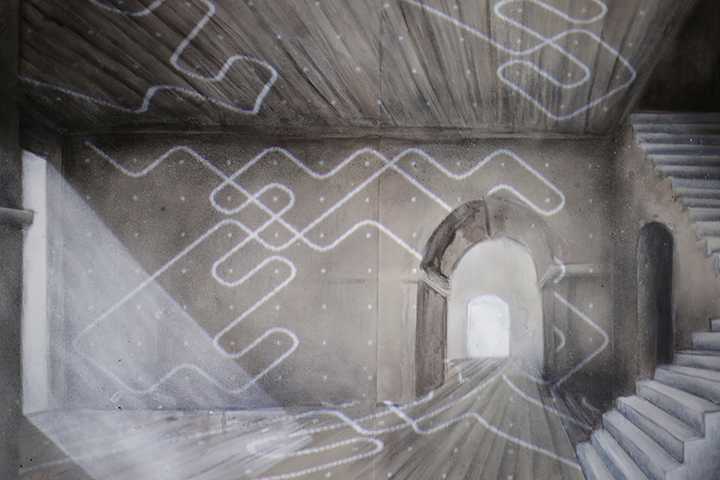
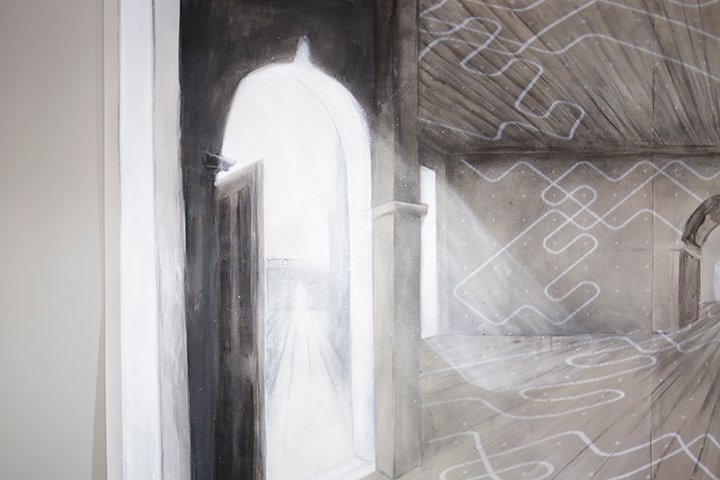
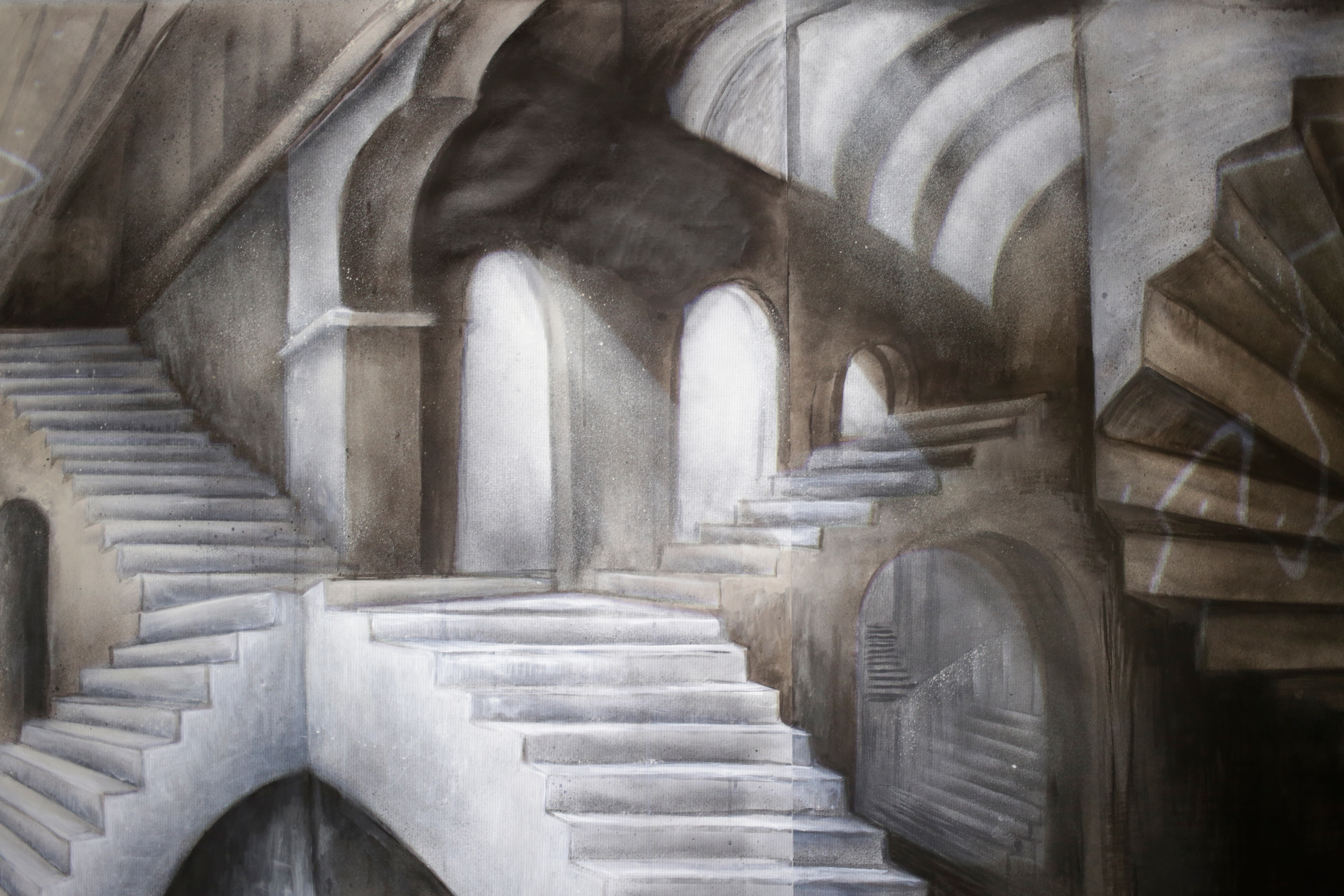
The artists - Vanessa Rosa & Wenqi Li

︎